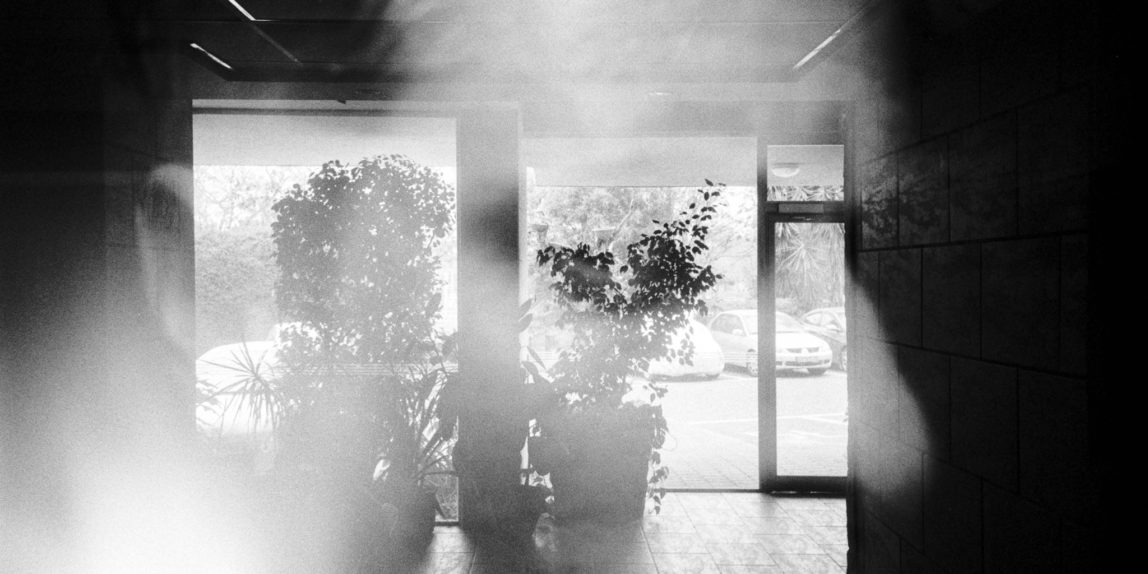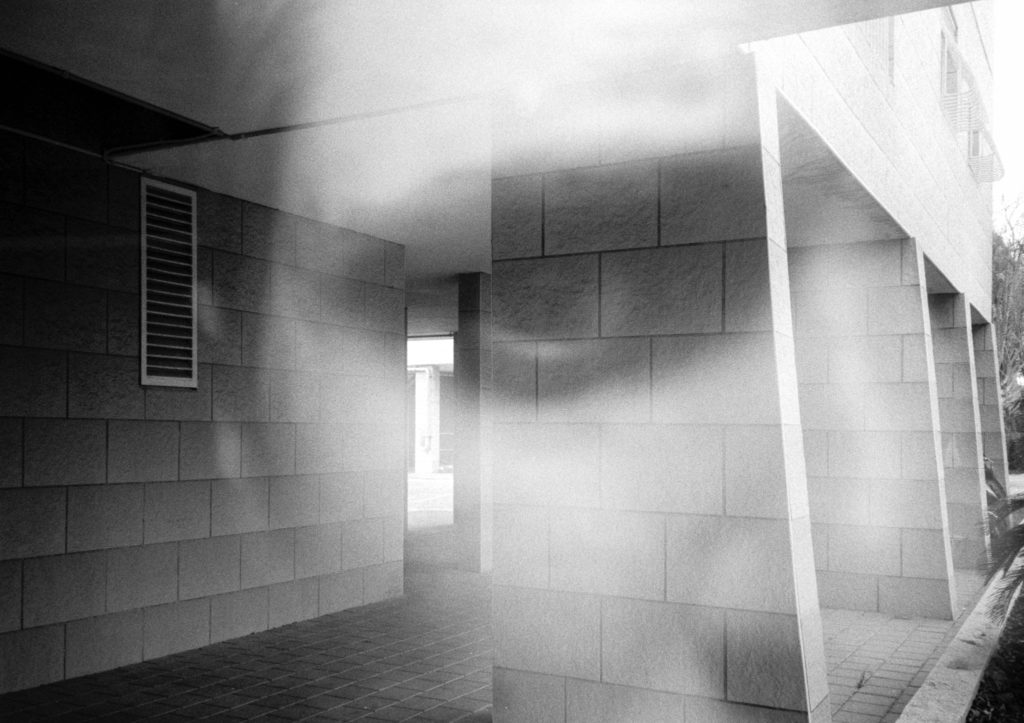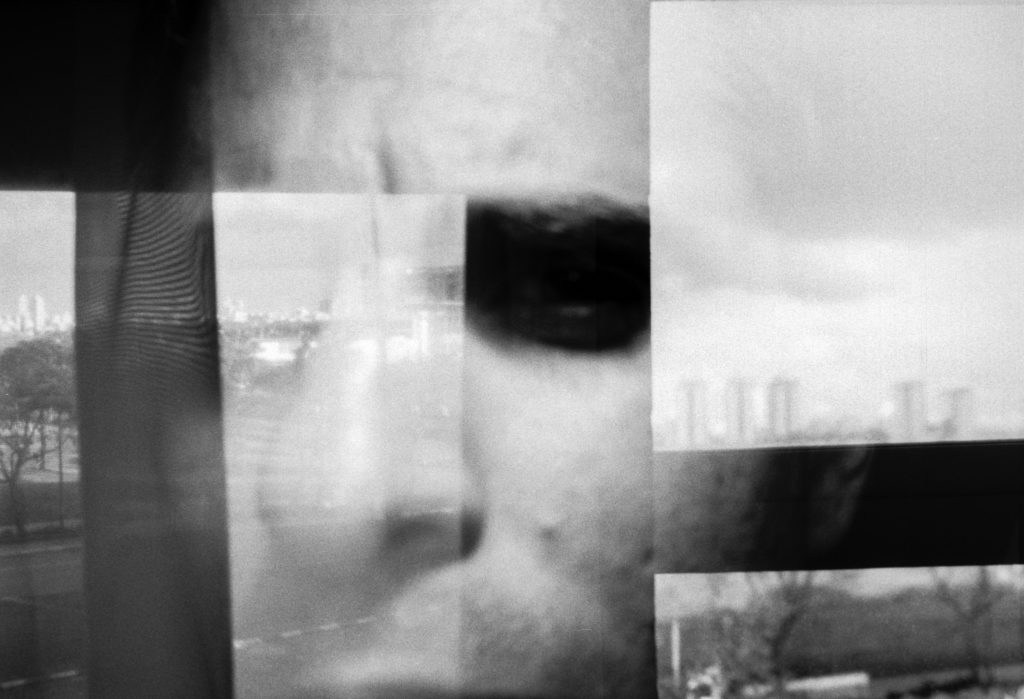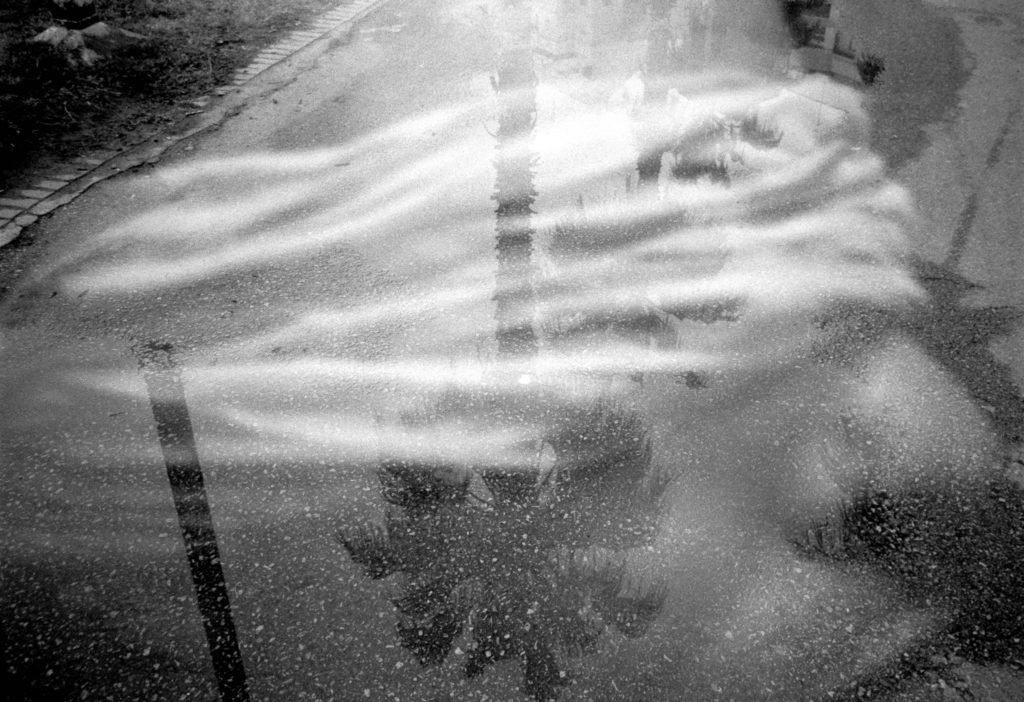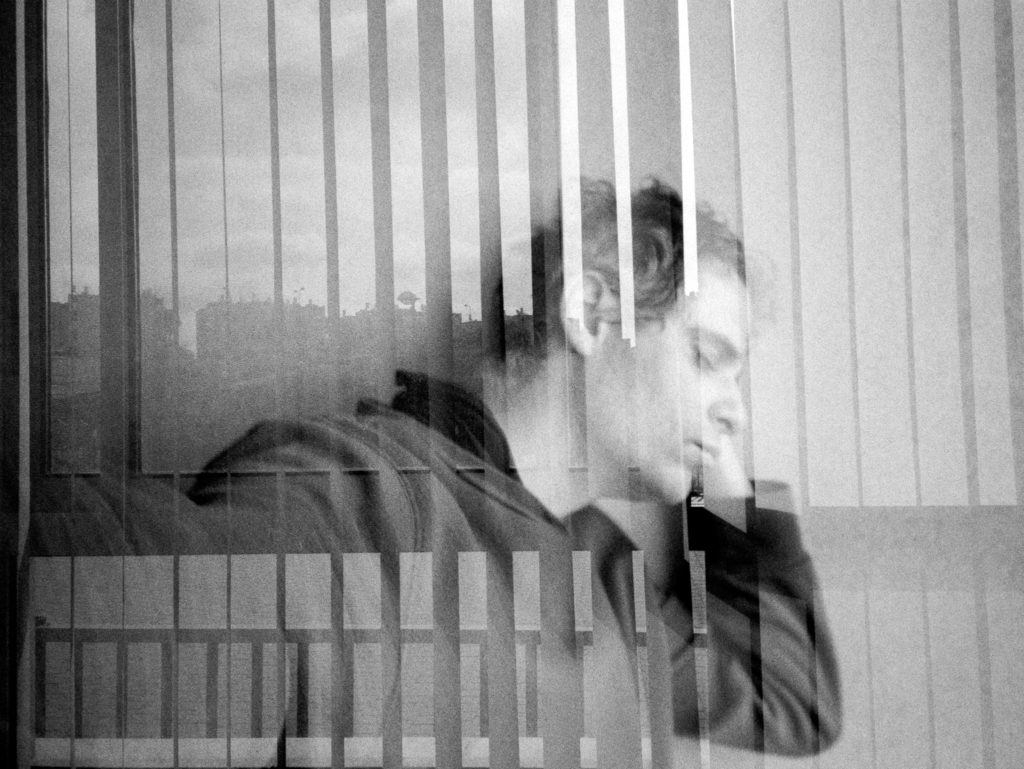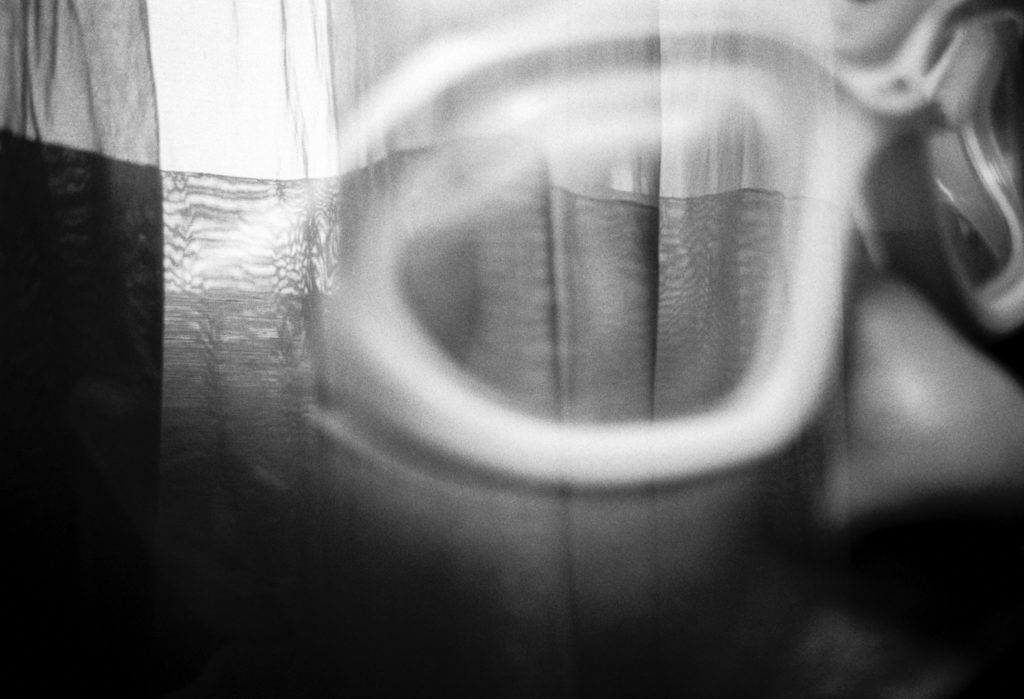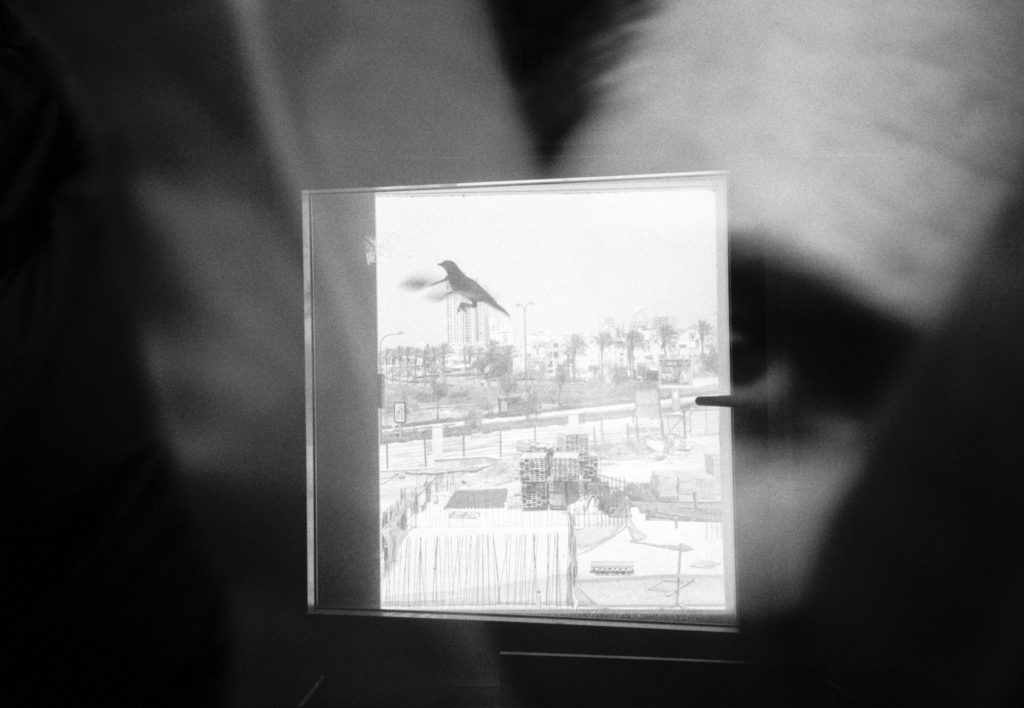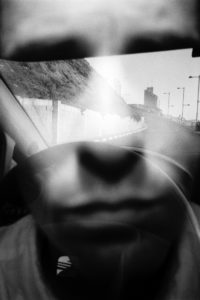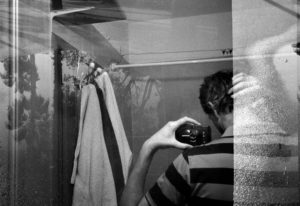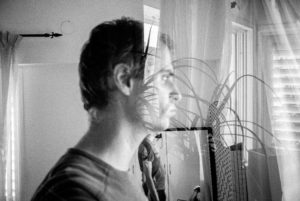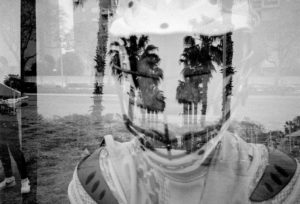This series is ongoing, and its description and selection are likely to change. Still, it will give you a good idea of what I am working on right now.
This project explores the relationship between “seeing” and “being”. Perception—the act of witnessing the world—is probed as a an elemental act anchoring a basic degree of “being”, all in an inescapably subjective environment: the world outside may exist, but our perception of it is all in our head.
The process of double-exposure allows the creation of a hybrid space that is artificial, yet exists physically on the surface of the film. In this space, as in a heightened state of consciousness, both the perceived environment and the act of looking are thematized simultaneously. This clash of “subjects” (the content of the viewing and the persona of the onlooker) creates a new “subject” for the photograph, which is no longer either one of them. This pursuit of meaning through artificial, subjective documents, clearly takes place in a world “after [Robert] Frank” (to quote the title of P. Gefter’s 2009 book).
That all of these images are self portraits is essential to the project, but as a means to an end: this is no “self portraits series”, rather an exploration that uses this particular subgenre as a tool, just like Decartes says “I think therefore, I am”, meaning “I” in a universal way. In a somewhat similar approach, the persona of the photographer serves as “substrate” for a general exploration both espistemological (i.e. having to do with the conditions of possibility of knowledge) and ontological (having to do with the conditions of existence).
Still, this persona remains inevitably anchored in a body, in a subjective experience, irreducible to pure abstractions: this is the world I have come in contact with. These documents may have been produced artificially, but they are based in the reality I sensed as I lived—they result from the world left “on my watch”, which cannot be reduced to pure abstractions. Such is the advantage of photography over philosophy: its questions can be “felt”, even if its answers, if there are any to be found, seem to escape logic. The questions—are we only in the present when we see? (understanding what we see requires a comparison with past interactions with the world); do we ever have access to an objective reality, or do we see the world “as we are”?; what is the relationship between “seeing” and “being”? etc.—are perhaps all that we are left with.
If you feel this sounds abstract, welcome to the club. I’m still figuring it out—that is why I’m taking these pictures. The camera allows us to delve into the complexity of things before we can try to make sense of them with words. Below is what I came up with so far, asking questions about what happens, or what is, when we see.
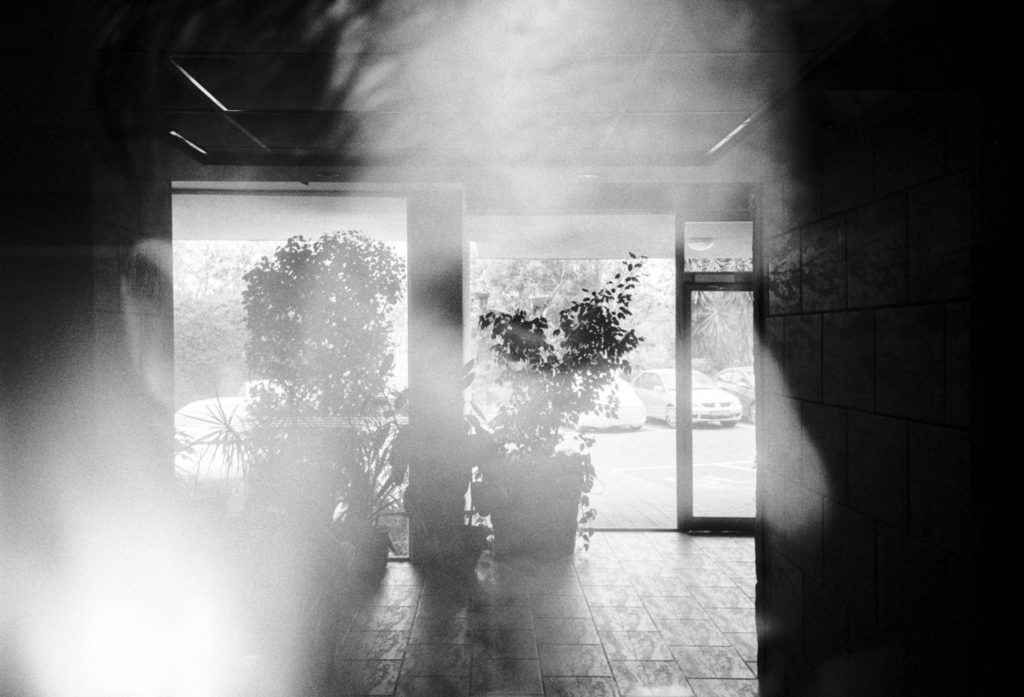
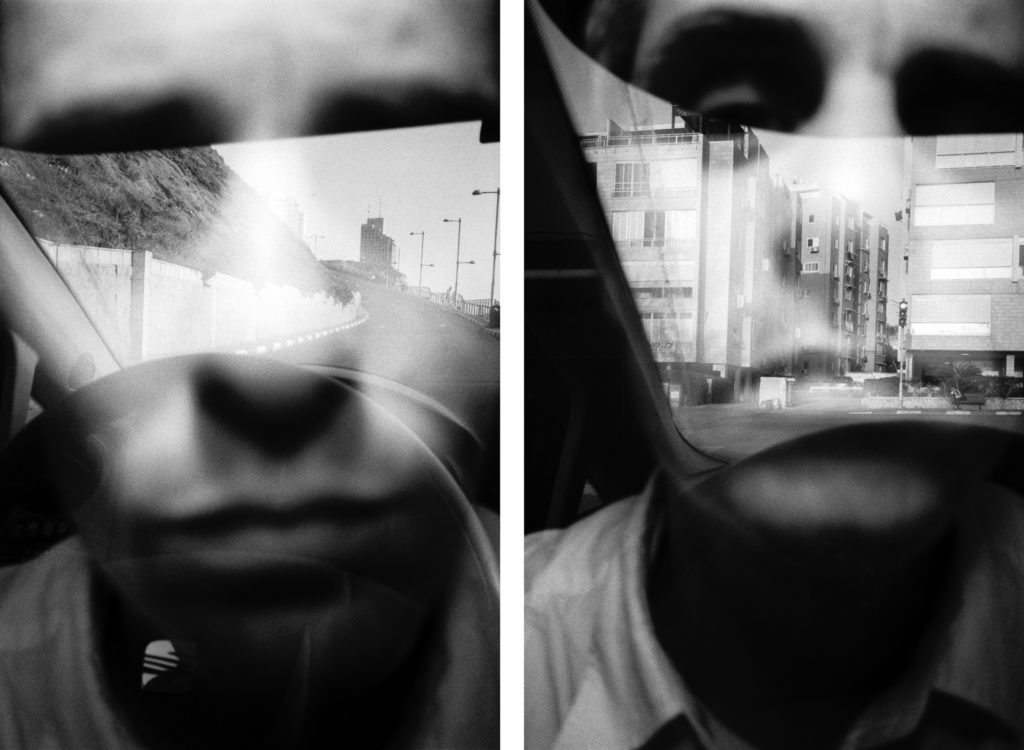
More from the On My Watch project:
